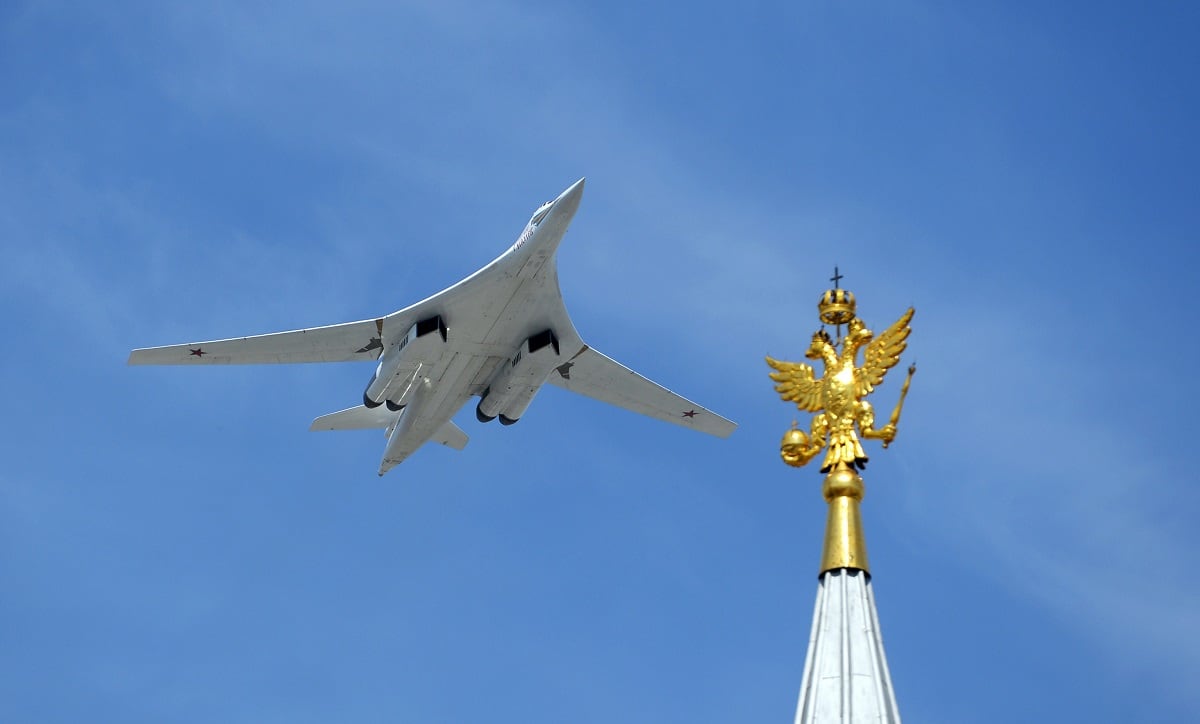BEIRUT — Following media speculation and online videos about the supposed deployment of at least four Russian Su-57 fighter jets in Syria, Defence Minister Sergei Shoigu has publicly said only two of the fifth-generation stealth fighters were carrying out two-day combat testing missions in Syria.
“They really were there. Not for long, just two days. Over this time they conducted a trial program, including a combat trial,” Shoigu told journalists March 1. “I can tell you that the trial was successful; the planes returned home a week ago.”
However, defense observers have been left wondering if there’s more to why the aircraft was deployed to Syria.
A military source said on condition of anonymity that “the deployment of the Russian stealth aircraft in Khmeimim Air Base would be a great opportunity to test the T-50’s configuration in an area where a large number of U.S. F-22 stealth jets operate.”
The Su-57 was known as the T-50 prior to its official designation.
RELATED

“The so-called PAK-FA can’t yet fly, but it can definitely spy”, the source added, referring to the program from which the aircraft originated. “The aircraft is barely ready for ground-attack operations and will not make a real difference in an actual combat environment at this time.”
In January, the U.S. Air Force deputy chief of staff for intelligence, surveillance and reconnaissance, Lt. Gen. VeraLinn “Dash” Jamieson, asserted that “the skies over Iraq and specifically Syria have really just been a treasure trove for them [Russians] to see how we operate.”
“Our adversaries are watching us — they’re learning from us,” she said at an Air Force Association briefing hosted by the Mitchell Institute for Aerospace Studies.
For his part, Siemon Wezeman, a senior researcher on the arms and military expenditure program at the Stockholm International Peace Research Institute, believes Russia may have several reasons for using the aircraft in Syria, but putting its newest stealth jet through combat is probably not one of them.
“Most likely, the Su-57 deployment is an indication that Russia has been working on some advanced weapons and should thus be taken seriously as a major power in the region and worldwide,” Wezeman said. “Second, Russia might have planned to test its aircraft in a real combat environment where other aircraft and air defense systems are active.
“Western countries now get a close-up look on the Su-57, which will allow them to test their own systems against it.”
Last month, Russian Deputy Defence Minister Yuri Borisov revealed that the ministry is going to sign a contract for the first squadron of 12 Su-57s this year. He also said at the time that the first stage of trials was over and the Su-57 will soon undergo experimental combat training.
Military expert Brig. Gen. Naji Malaeb said that following Russian President Vladimir Putin’s speech on the country’s new technological military advances — especially a nuclear-powered engine that can be equipped on missiles assigned to fifth-generation aircraft — “it seems that Syria has become not more than a test field to all those new technologies.”
Malaeb, who is the editor in chief of sdarabia.com, which is a partner of Defense News, added that the Russian Ministry of Defence has been “boasting about testing not less than 200 weapons in Syria,” and perhaps this new engine was included in the testing initiative.
And Putin has something to gain, with Russian elections just around the corner. “Putin’s unveil of new weapons could really increase confidence in its own government,” Malaeb said.
The Su-57, which took to the skies for the first time in 2010, will replace the Russian Air Force’s existing stock of MiG-29s and Su-27s in the coming decade. In total, the Russian Air Force is expected to field about 220 Su-57s between 2020 and 2030.
To read more defense news from the Middle East in Arabic, visit http://sdarabia.com/.
Chirine Mouchantaf contributed stories on Middle East defense and wrote for SDArabia, an Arabic security and defense magazine.





